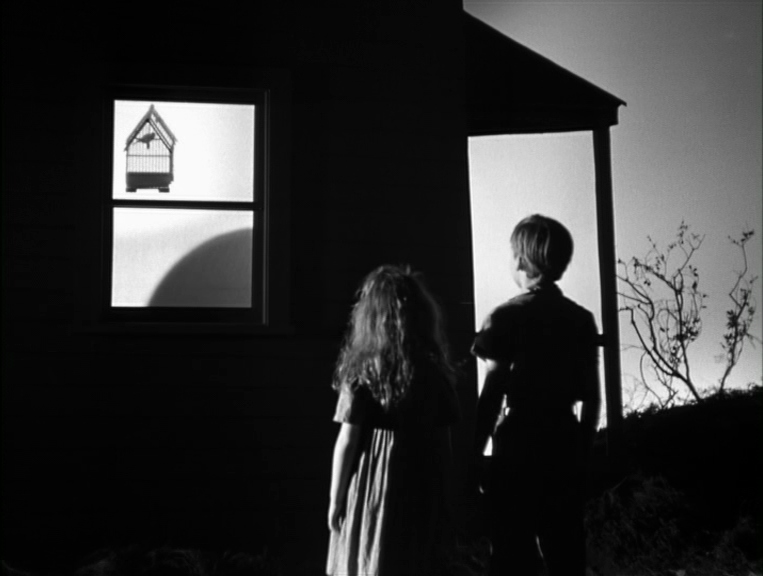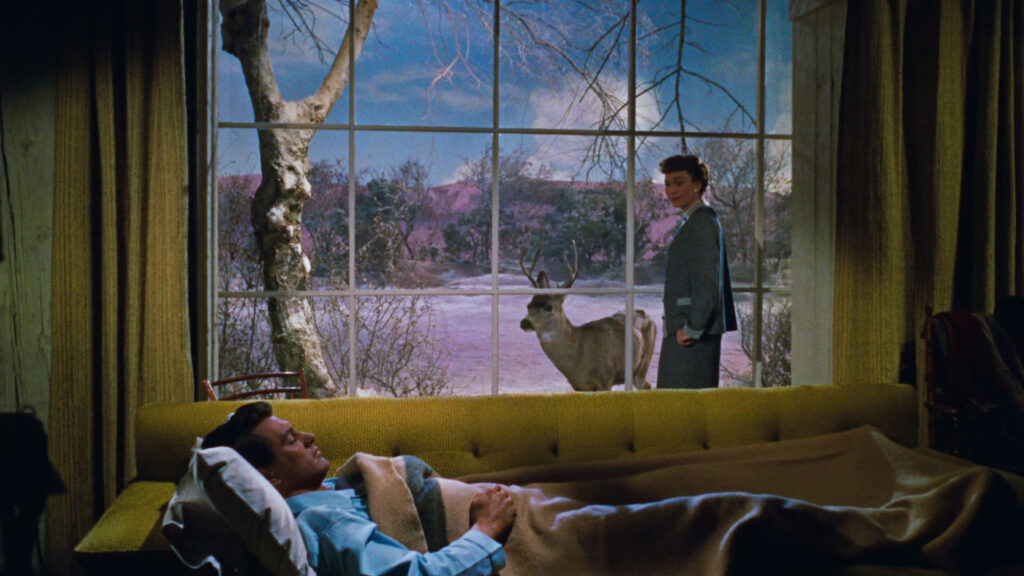Released in 2004, Primer is a science fiction film that has gained a cult following for its intricate and realistic portrayal of time travel. Directed by Shane Carruth, who also stars in the film, Primer is known for its complex narrative structure and attention to scientific detail. In this article, we will delve into the time travel mechanics presented in Primer and unravel the layers of complexity that make it a unique and thought-provoking cinematic experience.
In Primer, the protagonists, Aaron and Abe, accidentally discover the ability to travel back in time using a machine they develop in their garage. The device, known as the “box,” operates on the principle of creating a time loop that allows the user to revisit specific moments in the past. Unlike traditional time travel narratives that involve grand gestures and paradoxes, Primer focuses on the mundane and technical aspects of manipulating time.
Time Loops and Timeline Divergence
One of the key concepts explored in Primer is the idea of time loops and how they can lead to divergent timelines. As Aaron and Abe use the box to revisit past events, they inadvertently create multiple versions of themselves, each making different choices and altering the course of their lives. This results in a complex web of interactions and consequences that challenge the characters’ understanding of cause and effect.
Paradoxes and Consequences
Primer delves into the potential paradoxes and consequences of time travel, highlighting the moral and ethical dilemmas that arise when manipulating the fabric of reality. As Aaron and Abe become entangled in their own timelines, they struggle to maintain control over the repercussions of their actions, leading to a series of unforeseen events that test the limits of their friendship and sanity.
Scientific Accuracy and Realism
What sets Primer apart from other time travel films is its commitment to scientific accuracy and realism. Shane Carruth, who has a background in mathematics and engineering, meticulously researched the concepts of time travel and sought to portray them in a way that is grounded in plausibility. The dialogue in the film is filled with technical jargon and complex explanations, adding to the sense of authenticity and intellectual challenge for the audience.
Conclusion
Primer stands as a testament to the potential of independent cinema to explore complex and challenging ideas. By presenting a realistic and intricate portrayal of time travel, the film engages viewers in a cerebral journey that raises questions about the nature of time, free will, and the consequences of our actions. As we unravel the layers of complexity within Primer, we are reminded of the power of storytelling to inspire curiosity and imagination in the exploration of the unknown.




